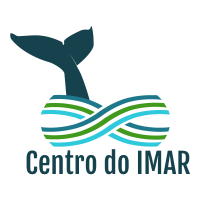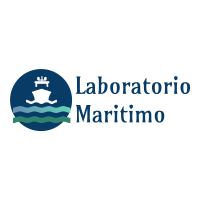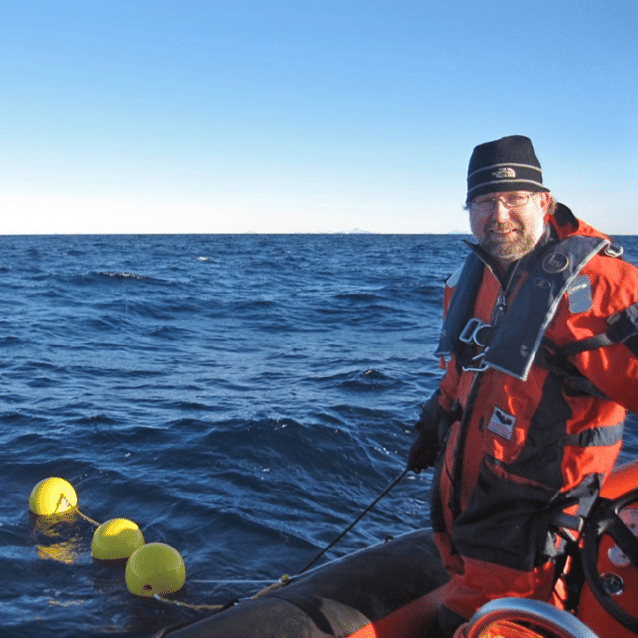“You would think that the deepest part of the ocean would be one of the quietest places on Earth. Yet there is almost constant noise.
The ambient sound field is dominated by the sounds of earthquakes, both near and far, as well as by the distinct moans of baleen whales, and perhaps the clamor of a Category 4 typhoon that just happened to pass overhead.”
– Robert Dziak, NOAA PMEL research oceanographer and scientist.
Our Mission
The HydraCON foundation was created by Europe’s leading marine research institutes and stations. The main aim of the participating members is to collaborate in addressing fundamental research questions and pressing environmental issues by deploying and maintaining a polar autonomous hydrophone array.
Fundamental Marine Research
Members are world leaders in fundamental marine research and have important research facilities available that allow direct access to the sea, and maintain their own hydrophone networks.
Communication & Open Data Access
The members make available data collected by the polar autonomous hydrophone network openly to encourage maritime communications and also scientific research.
International community
The network serves as a forum and as an interest group that communicates with international organizations and the managers of European research.
Global PresEnce Polar Focus
The polar autonomous hydrophone array operated by members has hydrophones deployed globally. The primary focus, however, remains on polar areas.
Latest News
Latest news collected covering topics ranging from research to latest scientific discoveries of importance in the field of oceanographic research, with a focus on communications and hydrophones.
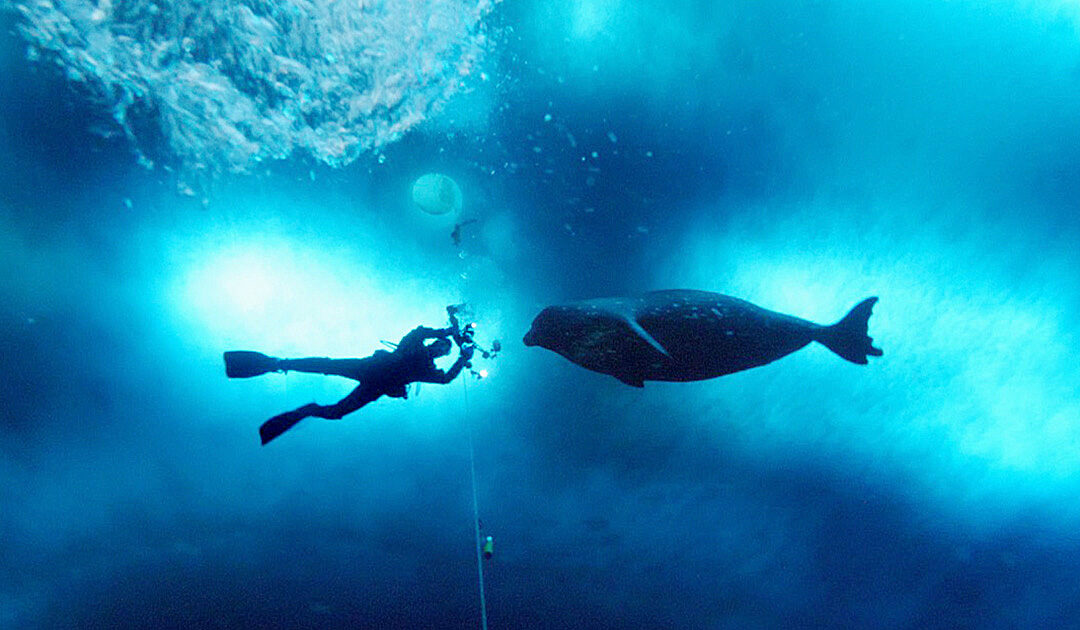
Weddel Seals Produce Ultrasonic Vocalizations
Recent hydrophone data analysis by researchers revealed for the first time that Weddel Seals produce ultrasonic vocalizations.
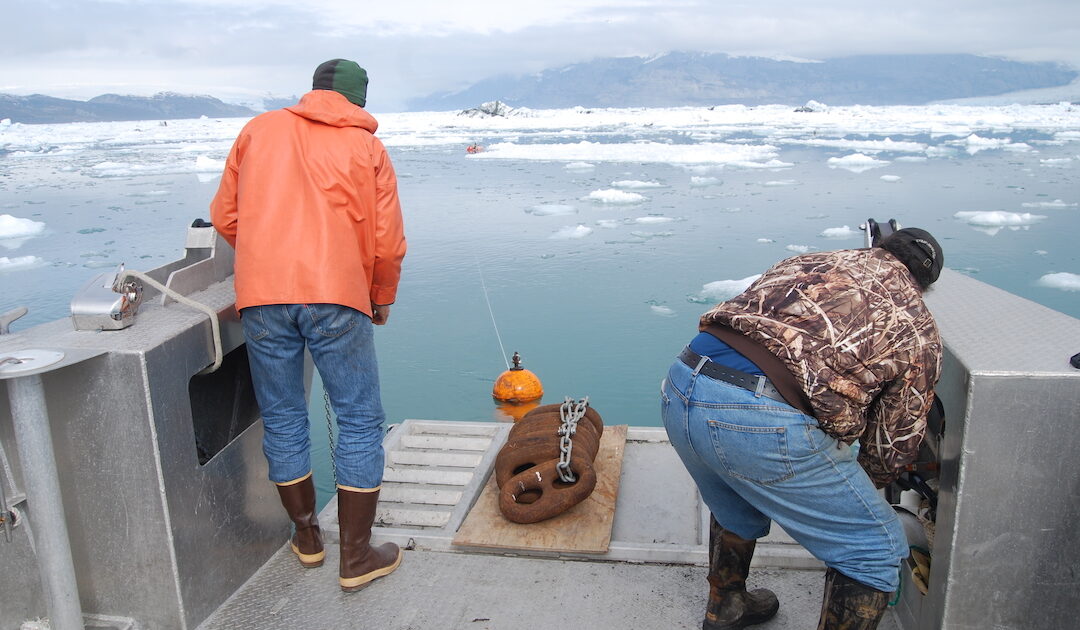
Hydrophones advance climate science at the poles
Scientists are using hydrophones and the melting sounds of icebergs, and glaciers, to understand the true impact of climate change.
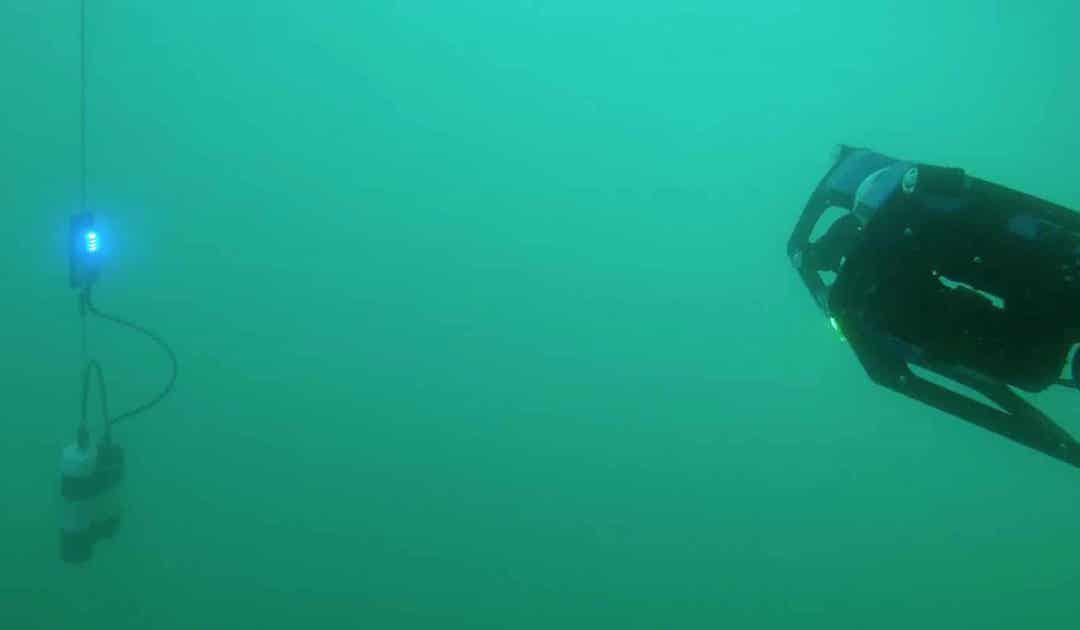
High-speed optical to replace acoustic communications?
Optical communications are a fast way to download large amounts of data. But can they work for long-range sensing & communications?
Consortium Members
Members of the HydraCON project are world leaders in fundamental marine research and have important research facilities available that allow direct access to the sea. These organizations also have a special focus on underwater communications research. They actively contribute to the deployment, operation and maintenance of the polar autonomous hydrophone array.




